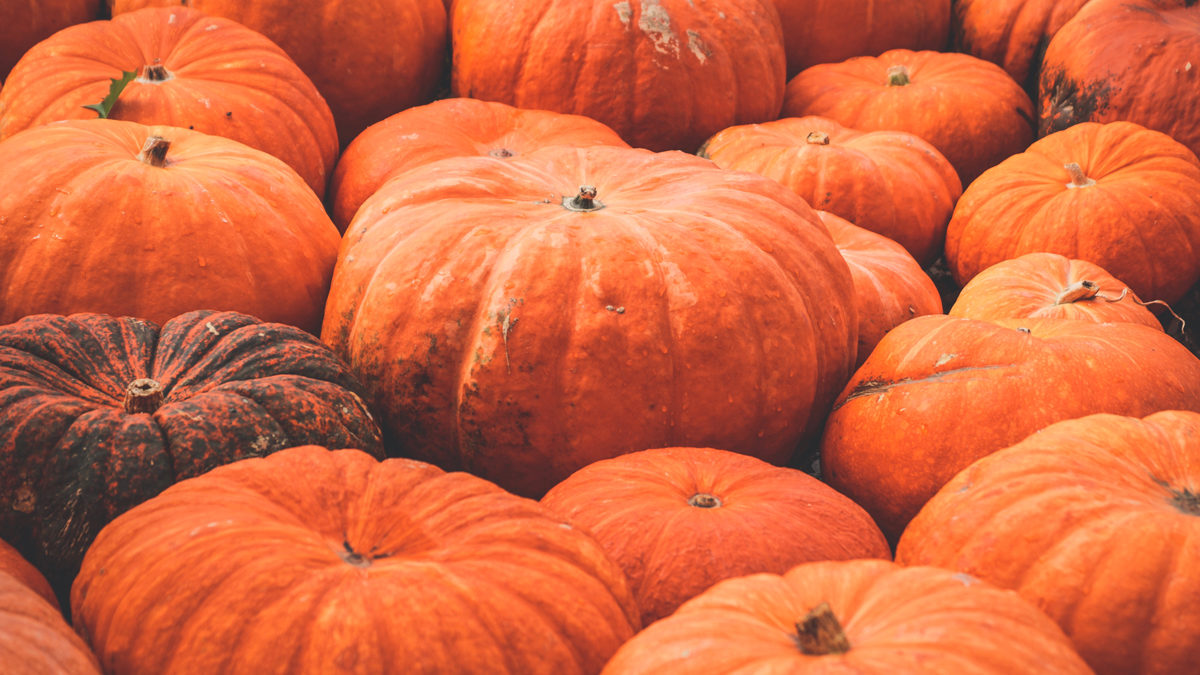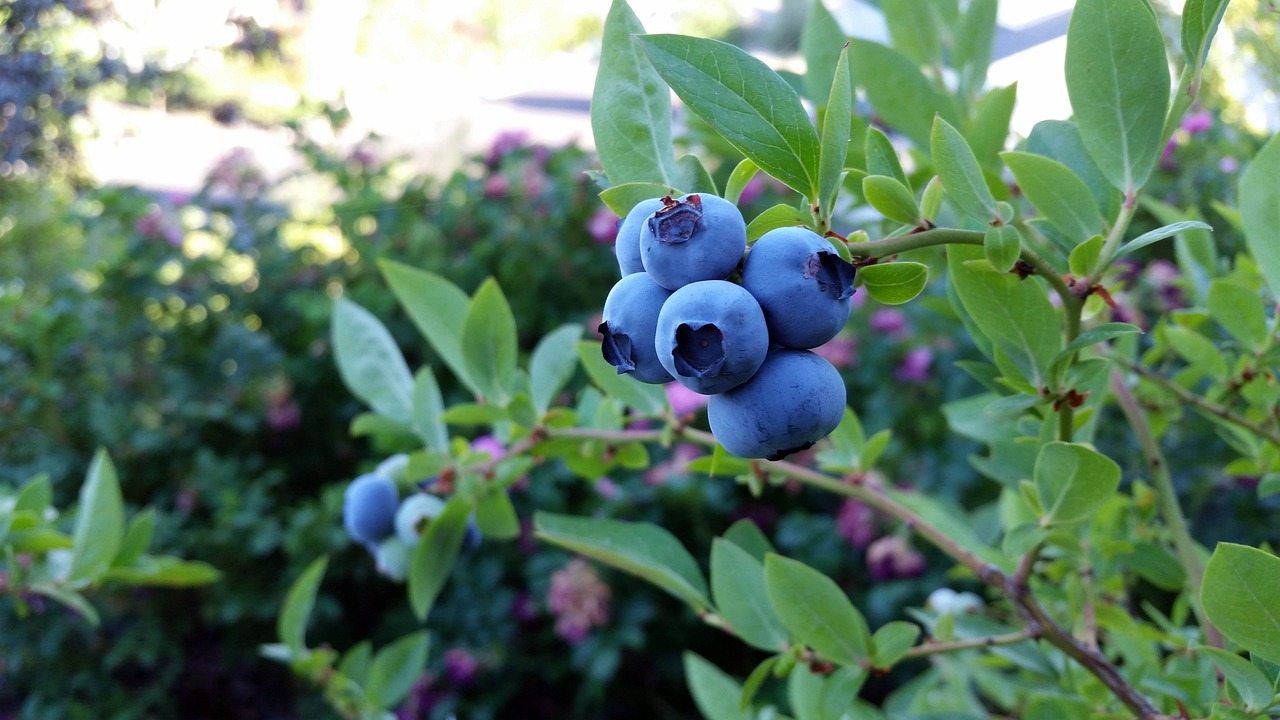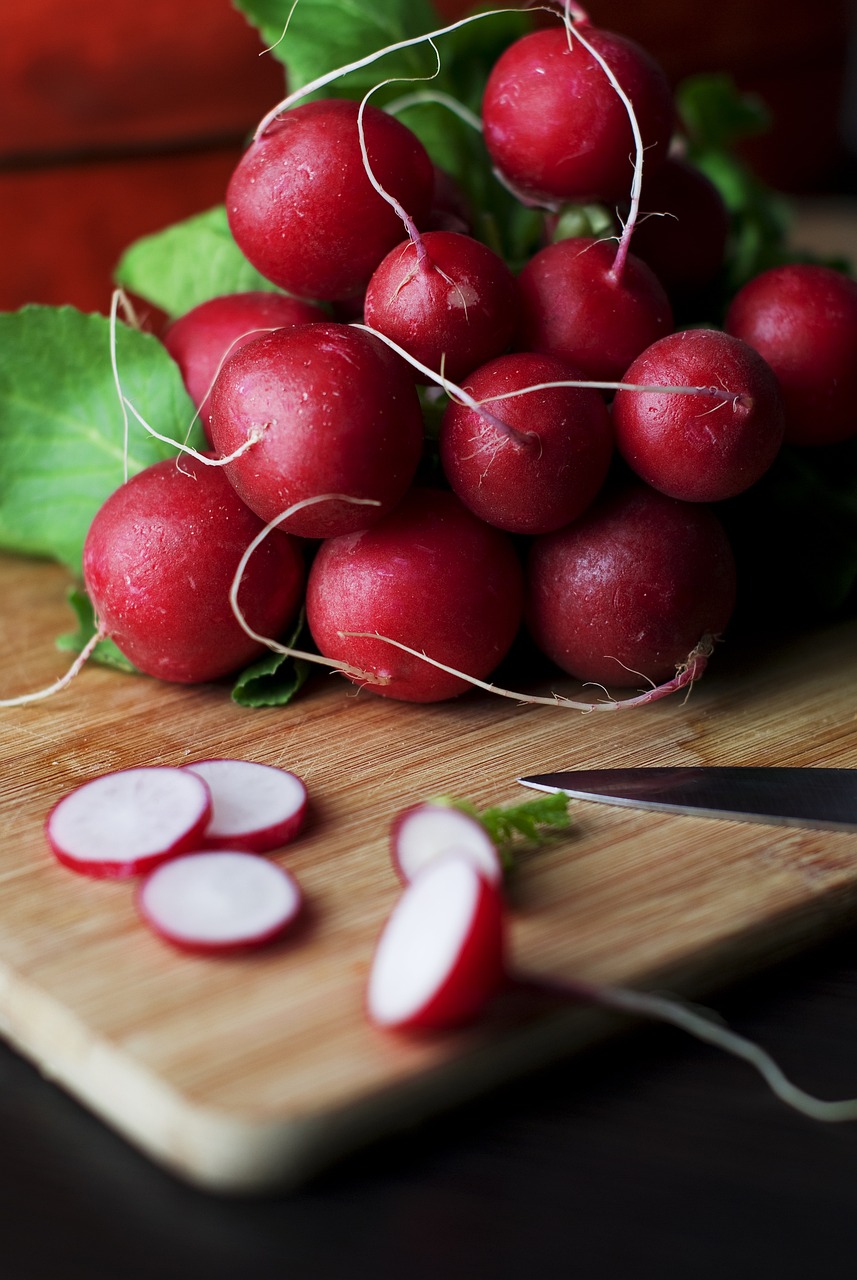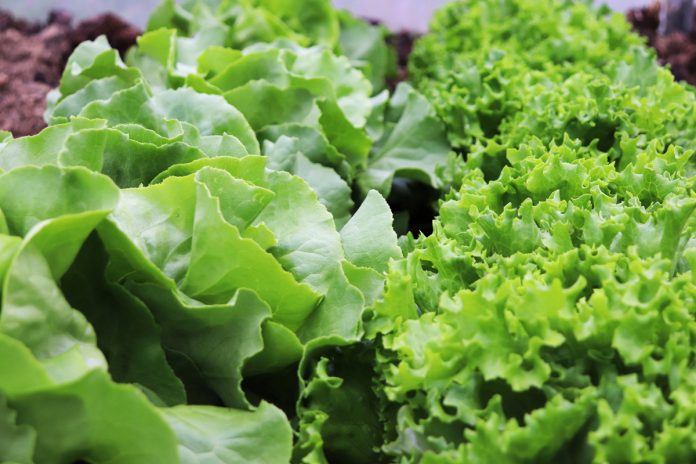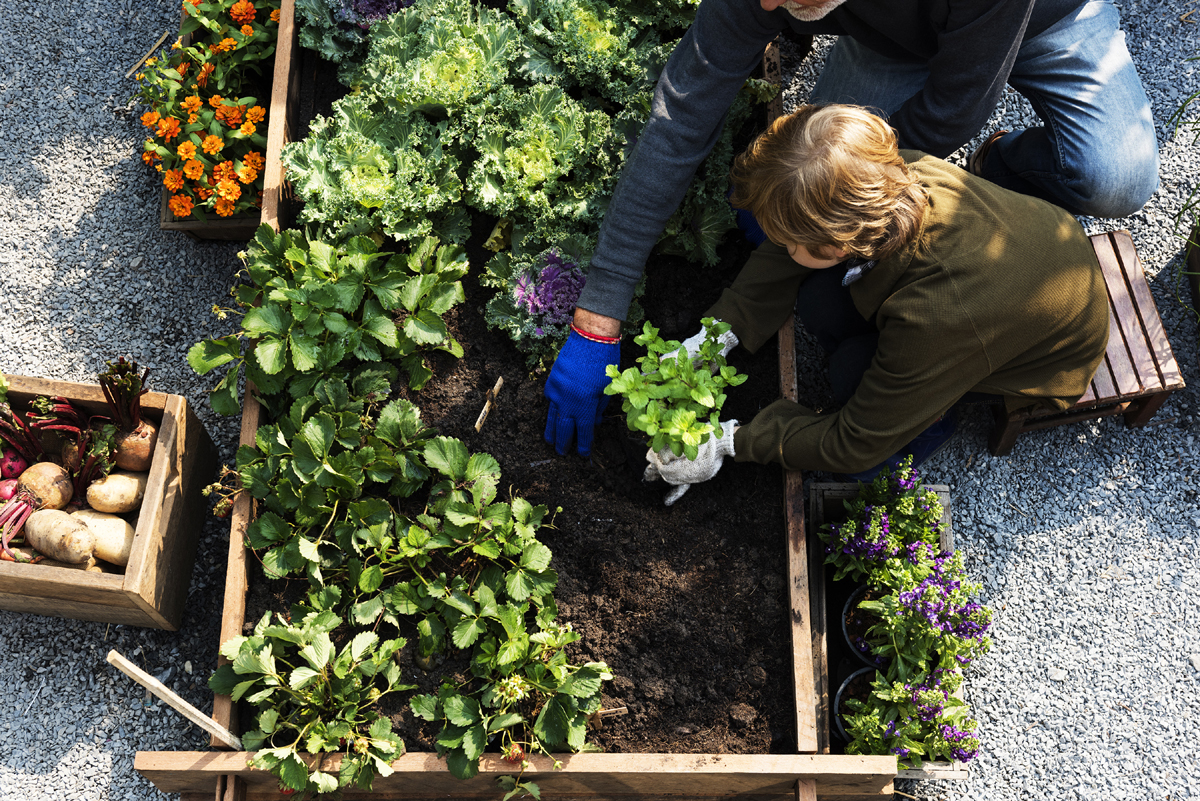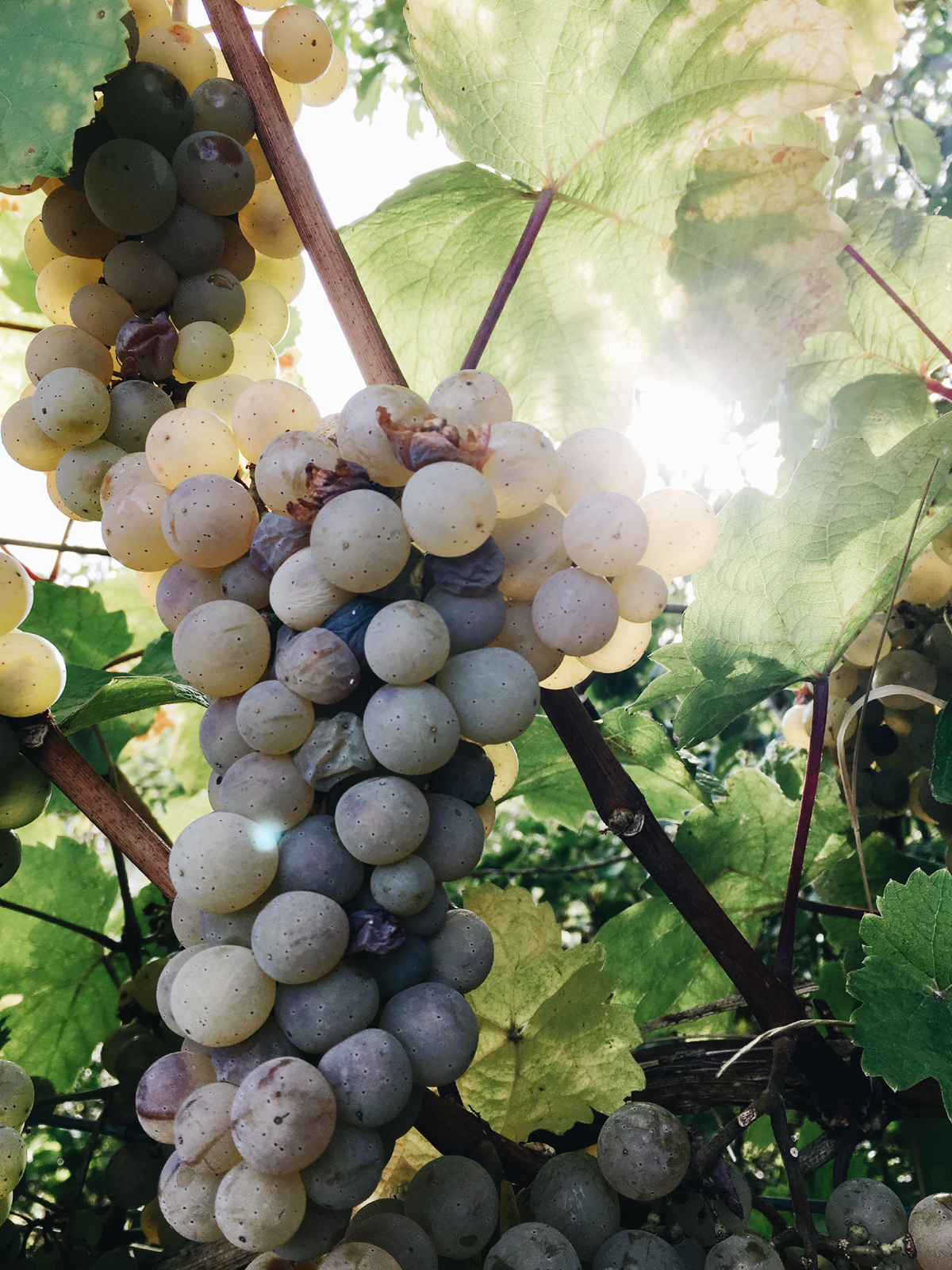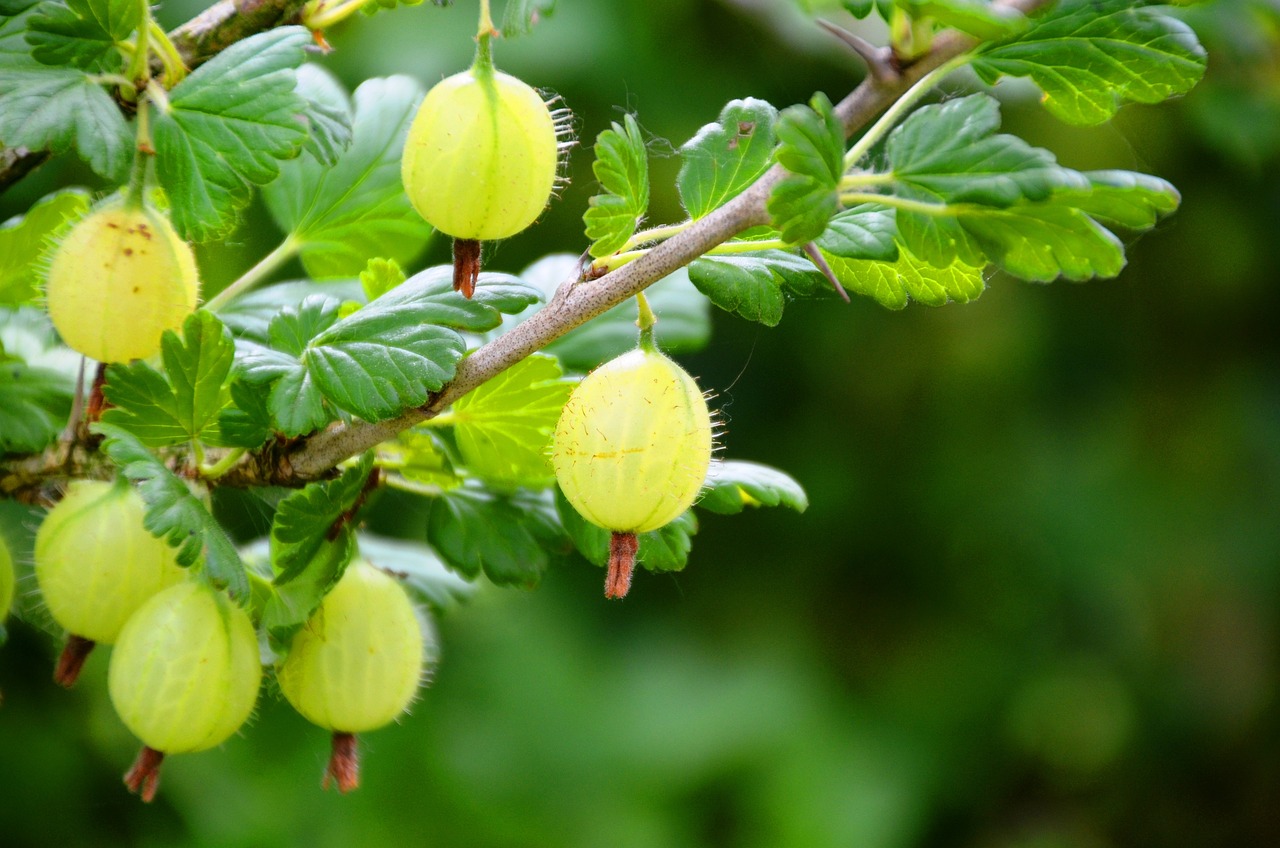How Do I Grow Organic Nuts?
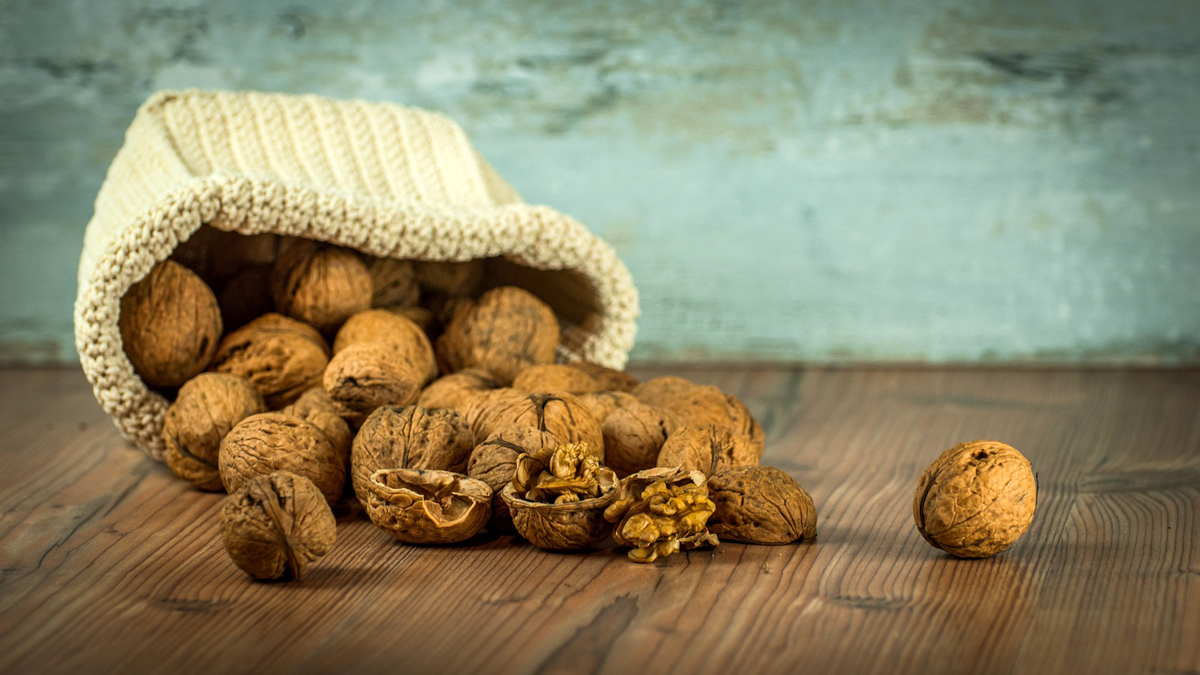
There is something very special about imagining how to grow organic nuts – picking your nuts straight from the tree, cracking open their softer shells and eating the delicious, succulent nut inside. Eaten this way they are so different than the dried-up store-bought variety that you would think they are a different food.
Most nuts that we buy in the stores are much more heavily processed that you might expect. If they have been shelled, this is usually done at very high temperatures, rendering many of the healthful enzymes in the nut impotent. Even if the nut is described as ‘raw’, this does not mean it is in its natural state straight from the tree. Most nuts are pasteurized (cooked) before being sold and in some states this is a requirement.
Unshelled nuts may be treated with chemicals to preserve them so that they will last well beyond their natural season. Even organic unshelled nuts may be heat treated. Truly raw organic nuts are available to order online but because they cannot be kept for so long they are very much more expensive.
So if you prefer to eat organic food in as natural a state as possible, growing your own organic nuts is a very good choice.
Nut Trees
Most nut trees prefer well drained, slightly acidic soil. Giving them some shelter from the harshest winds will increase the crop.
Buying young trees from local nurseries would ensure that you get varieties that suit your climate. However, most nut trees have a long tap root which makes them difficult to transplant, so you may have more success by planting nuts from an established local tree. Either germinate them indoors and plant the seedling in late spring or plant the nut directly outside in the fall and protect the site from mice and squirrels. Filberts are an exception that are easy to transplant.
You will inevitably lose some of your nuts to birds before they are ripe. Squirrels can also be a problem. If your trees are isolated you can stop squirrels climbing them by fixing a wide metal plate around the trunk, but in a forested area they will travel from tree to tree in the branches. Filberts are especially popular with squirrels and vulnerable because of their short trunks and low branches.
Most nuts are ripe when they are ready to fall from the tree. You can either leave them in their shells and eat them within a few weeks, or for better preservation, crack them open and dry the nuts for 2-3 weeks in a warm place but away from direct sunlight. Pack well and store in a cool place for up to one year or you can even freeze them for longer storage.
Almond
The almond is technically a fruit rather than a nut, related to plums, apricots and cherries. The almond tree blooms early and the blossoms are destroyed by frost so almonds cannot reliably be grown in Canada, the northern US states or Northern Europe. However, they will do well in a Californian type climate. They are native to Iran and surrounding countries, but the wild variety is poisonous.
Filbert (a.k.a. Hazelnut)
These are ideal for most gardens in temperate zones (some frost or snow in winter, warm summers, plenty of rainfall). Most varieties grow to only 10-15 feet and can be more of a bush than a tree, making the nuts easy to harvest. Kids love to gather them! They will grow quickly and produce nuts sooner than many other trees.
Filberts are a very nutritious food containing vitamins A and E, natural anti oxidants, and many minerals including magnesium, selenium and zinc which are deficient in many people’s diets. They also have a high proportion of essential fatty acids.
Hickory
Hickory trees can grow to 80 ft and you may have to wait 20 years for the first crop! They are not very productive trees so they are not a popular choice for nut growing.
Pecan
Pecans are native to south-central North America. Most commercially grown US pecans come from Georgia, Texas and New Mexico but they can be grown in other southern states and in other countries with a similar climate including Australia, South Africa, and Central America.
Walnut (Black)
The black walnut is mainly grown in the USA and provides a valuable source of lumbar as well as delicious nuts. It can grow up to 100 ft tall in the right conditions.
Walnut (Other Varieties)
European varieties of walnut are grown worldwide. Trees tend to be smaller than the black walnut. They are hardy and pest-resistant.
Keeping Your Crops Organic
Organic nut trees need to be part of an organically managed garden or plot of land. This means avoiding the use of chemical pesticides and soil treatments, and adopting a holistic approach when you are planning how to grow organic nuts.
The Author:
Outdoor Christmas Lights and Cheap Hdtv

